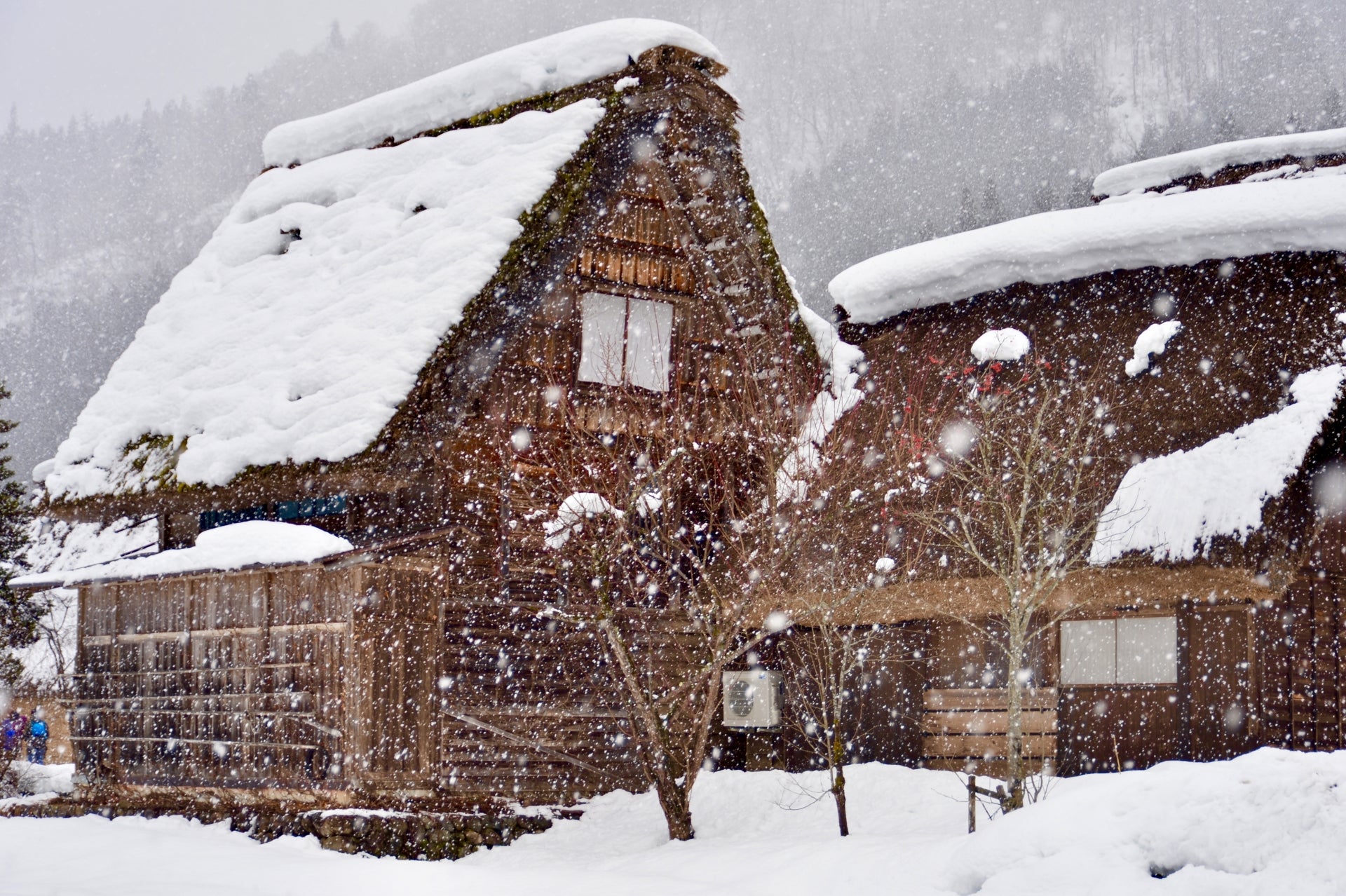What enriches our nature in Japan?
We have had many tourists from not only all over Japan but also from around the world to enjoy the autumn colors of Kyoto. Is it the only reason that Kyoto attracts people because it has four seasons or thousands of temples and shrines or many world heritages? To someone from another county, this answer may seem a little silly because many parts of the planet have four seasons.
Not every part of the world has such clearly separated seasons with distinctive weather, flora, produce and customs. Due to Japan's unique geography, the country is prone to a variety of natural problems, such as earthquakes and typhoons. There is no reason to worry, however as centuries-long experience with all kinds of disasters has made us perseverant and transformed it into heartwarming hospitality. In this blog, I am not intending to give you negative images of Japan for sure. I would like to share how this country creates the breathtaking beauty of nature for us and has enriched our cultures.
Landscape and climates of Japan
Forests account for nearly 70% (more than 25,000,000 hectares) of Japan's total land area of 37,790,000 hectares—a figure outstandingly high among industrialized countries. Furthermore, Japan's forest areas have been maintained at a similar level for the past forty years. The land area of Japan is relatively small, and Japan is said to be poor in natural resources. However, Japan continues to enjoy the blessing of rich forest resources, beautiful landscapes, and biodiversity. Despite its small land area, Japan is characterized by complex topography, extending 3,000 kilometers north to south and featuring mountain ranges with altitudes of 3,000 meters and higher. Accordingly, Japan has a diverse and complex range of climates. While the climates across Japan are varied, all areas of the country receive sufficient rainfall. Therefore, trees can grow in nearly every region. There are many types of forests in Japan depending on altitudes and climate zones. Forests teeming with diversity represent Japan's abundant nature.
Japanese people have long appreciated the presence of life in all aspects of nature—from landscapes and climates that change seasonally to the plentiful freshwater found throughout the country. Our reverence for natural life enables them to coexist with nature. As Japan is covered with an abundance of trees, everyday life in Japan has relied closely on wood. Trees have also influenced Japanese values. For example, from ancient times, Japanese people have loved plum and cherry blossoms and appreciated their beauty by creating poetry (Waka, Haiku) about them. To say that the origin of Japanese values and culture lies in Japanese people's close relationship with nature would not be an overstatement.

Four months before, former prime minister Shinzo Abe has assassinated, he gave a commencement speech at Kindai University in Osaka. He talked about the 2011 Tohoku Earthquake and Tsunami, and said “In your life, I’m sure you will experience failures. Some of you may fail again and again. What is important is to rise up again. If you learn from your own mistakes, you’ll become greater” with an example of Walt Disney. Many historical figures left great quotes, perhaps you might have heard them before.
"It is not the strongest of the species that survives, nor the most intelligent that survives. It is the one that is most adaptable to change. " by Charles Darwin
"The snake which cannot cast its skin has to die. As well the minds which are prevented from changing their opinions; cease to be mind."
By Friedrich Nietzsche
Did you imagine sushi, tempura, or ramen, delicacies that are loved by many people?
Here, I would like to introduce some of the unique food cultures for you. Do you know we have two main categories of Japanese food? They are called Yoshoku (洋食) and wasyoku(和食)Yoshoku means "Western food". With its origins dating back to the Meiji period (1868-1912), Yoshoku was encouraged to incorporate Western ingredients into the diets of Japanese people. But while many popular cuisines from across the West were imported into Japanese culture, they merely served as an influence on the way of Japanese cooking. That’s right, yoshoku is Western food that reinvented the Japanese way. It is no surprise that it has developed its own unique food culture.
Oden (Japanese one-pot dishes with fish in broth)
Oden is a very simple dish-a collection of fish cakes, vegetables, and fried-tofu items served in a bowl. It is not only a simple one-pot dish, but "soul food" for many of us. I believe that arguably one of the most famous convenience store in the world, Seven-Eleven starts selling Oden in the store (perhaps only in Japan?), which is a sign, winter begins. Surprisingly Seven-Eleven has seven different types of special dashi broths that correspond to regional characteristics!

Hokkaido (北海道): Niboshi, Japanese dried infant sardines as base
Tohoku & Shinetsu(東北 &信越):Niboshi, Japanese dried infant sardines as base
Kanto(関東): Katsuobushi, Dried bonito flakes as base
Tokai(東海): Murobushi, Brownstriped mackerel
Kansai & Hokuriku(関西 &北陸): Kombu, kelp
Chugoku & Shikoku (中国&四国) : Niboshi, Japanese dried infant sardines as base
Kyushu (九州):Ago (flying fish), shiitake mushroom, chicken, beef
How was this blog? The introduction seemed too heavy compared with the previous blog. Our ancestors never gave up in disaster and did not bury their head in the sand. And they embrace change and deepen our culture little by little. This is how our heartwarming hospitality and its culture are shaped.

